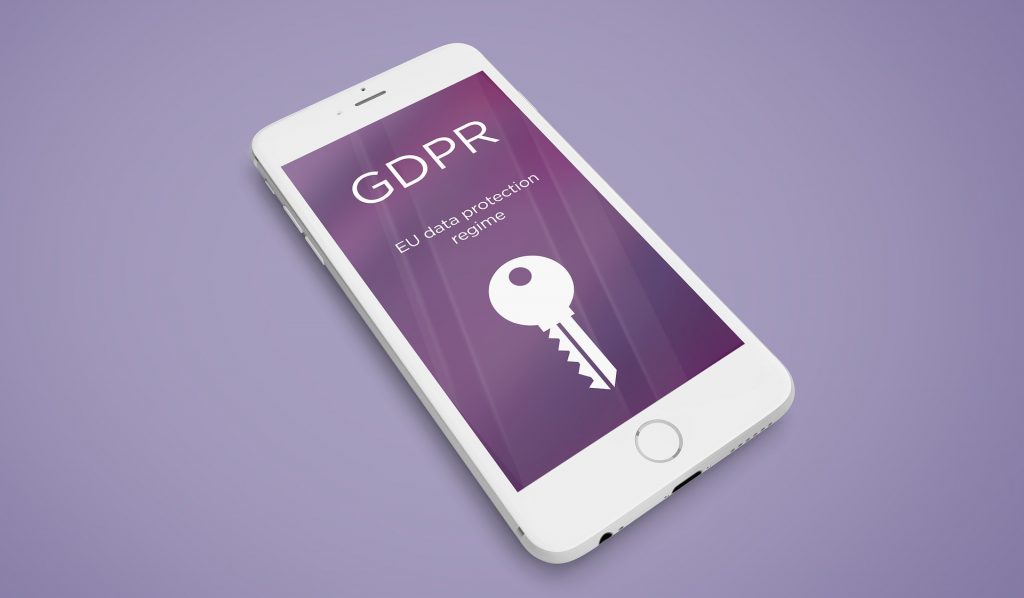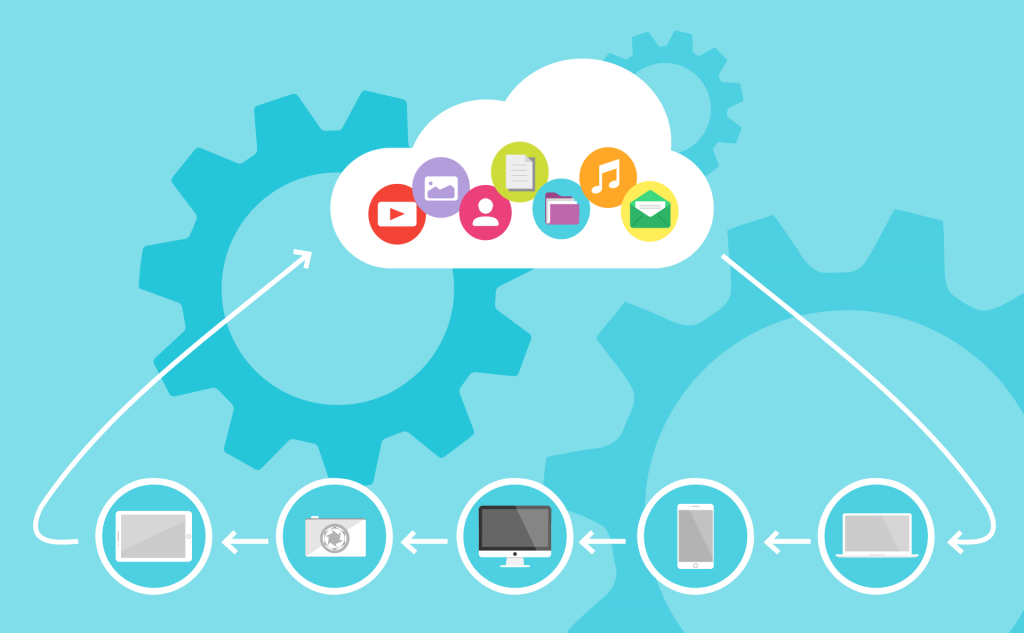The sweeping changes mandated by the EU’s General Data Protection Regulation go into effect May 25. According to a survey conducted by EfficientIP in February, 84 percent of businesses in the United States, and 74 percent of business in the United Kingdom are ready to face the GDPR regulations head-on. This is a marked improvement from last year when 75 percent of respondents in a Varonis survey expected to “face serious challenges” due to GDPR compliance.
But this might have made some businesses overconfident. In theory, the only thing they must do is process personally identifiable information as needed by the regulation, ensure proper protection, and report breaches on time. Unfortunately, potential breaches are hard to predict reliably.
It may be comparatively easy to show that an organization is shielded against outside attacks, such as phishing or ransomware, but breaches stemming from employees are not always transparent.
That’s why a company can’t just prepare for breach response when it finally happens; under the new rules laid down by the GDPR, response does not ensure compliance. So, what does? Let’s find out:
Initial actions

GDPR compliance is long and complicated, but the first step involves understanding the personal data that is controlled and processed by the organization. However, this discovery and the method of data classification isn’t limited to the personal network of the company; it must extend into the cloud.
But there is one major setback. GDPR compliance in the cloud (no Rocky Balboa — this type of cloud is not actually in the sky!) makes the business data vulnerable by proliferating it across multiple cloud devices, both shadow and sanctioned.
Zeroing in on the problem
There are some organizations that do not get over 72 hours to notify the respective supervisory authority of the government when a data breach occurs. And if your behavior is negligent this just means you are even more guilty, right? Don’t put yourself in this type of position.
Thus, it is in their best interest to quickly scope out where the breach took place. But for this to be a reality, companies must fully understand where every shred of personal information is being stored.
As per a survey from security company Gemalto, most IT professionals believe GDPR compliance to be extremely convoluted and unnecessarily difficult. However, this is more a symptom of the lack of knowledge regarding the data storage location instead of being an inherent problem where cloud services fail to provide the tools needed to ensure compliance.
GDPR compliance and cloud computing

The cloud computing industry needs to step up its game and hire providers that adhere to the necessary privacy and security procedures. At the same time, they should refrain from using providers who do not adhere to these requirements.
Companies must store only the personal information they need for the cloud application to do its job. Moreover, it is necessary to figure out if the cloud vendor lets the client organization eliminate all its user data from the app when it no longer uses it.
What to look for in a cloud provider?
All the key Infrastructure as a Service providers, like Microsoft Azure and AWS, offer tools that readily help clients with GDPR compliance. When data is stored in IaaS, the enterprises offload various GDPR requirements to the cloud provider, such as encryption, logging, monitoring, and security by design.
The thing is, it should be easy enough to comply with GDPR norms if the data is moved to a major cloud provider than on-premises since the underlying processes, procedures, and hardware are compliant as it is. In a situation like this, the only thing that requires careful management is the handling of the data by the enterprise in the cloud environment.
Challenges to compliance and the tools that fix them
These sort of radical changes to the way companies in the UK and U.S. collect, process, and access information requires you to exercise as much caution as possible when it comes to security and data management in the cloud.
There are several tools that can support your attempts at compliance. For example, some tools improve the ability of an organization to locate GDPR maturity and shield their data against digital threats.
The integrated workflows allow employees to track down and access documents quickly and efficiently. Aggregated metadata analytics supplement this, enabling users to find risky files and take action. The tool can also trigger retention policies to keep an eye on breach activity and maintain compliance.
Some tools go a step further, offering more granular search capabilities, and applying advanced analytics to process high volumes of data that create accurate searches and provide faster access to the necessary documents.
This level of accuracy is the reason why these types of tools have gained a lot of acceptance in different industries, such as law, where employees must deal with stringent legal and compliance issues. Passing scrutiny under these circumstances makes for a valuable asset once the topic of GDPR compliance arises.
Improved tech solutions provide a much-needed layer of security along with peace of mind. But it’s difficult always determine which areas of the client’s business have reinforced security needs.
For that reason, clients must understand the role provided by their service providers. To be 100 percent prepared, clients need to share some of the compliance responsibilities.
Develop a solid communication plan

Once you encounter a data breach, you will be expected to spring into action immediately. However, if your security is compromised, you need to field questions from the media and customers alike, including those on GDPR compliance.
Ensure you are ready for every possible scenario by devising a solid communication plan — one that limits the impact on your support team while providing detailed, reliable information to the data subjects.
Choose the right timeframe to tackle the issue if the breach goes public outside normal office hours. At the same time, ensure that every one of your processes and data flows has been documented.
Make GDPR a catalyst for change
It is crucial for companies to see GDPR compliance in the cloud computing industry as a catalyst to undertake a process that they should have completed already. Gaining control over personal data security is important to prevent a data breach.
But without actually controlling and understanding the information, it’s just a matter of time before it is accidentally or intentionally breached. Enterprises must enable GDPR to identify and consolidate cloud services. Plus, they need to use providers that allow compliance without regulation.
Featured image: Pixabay



